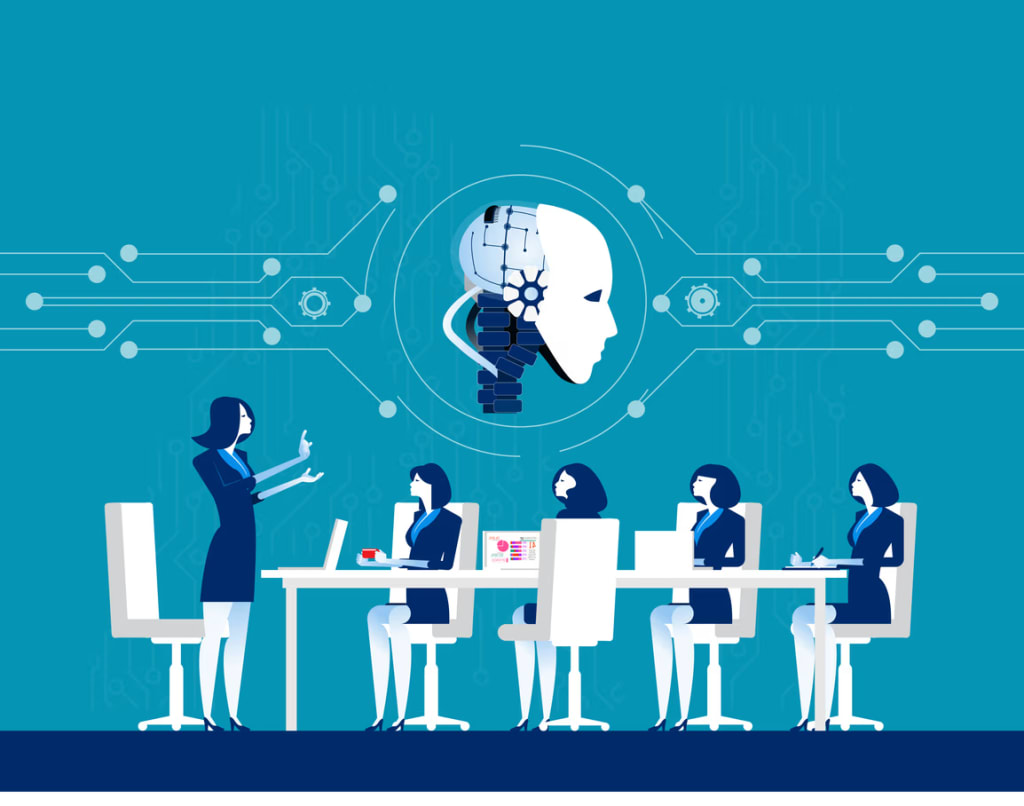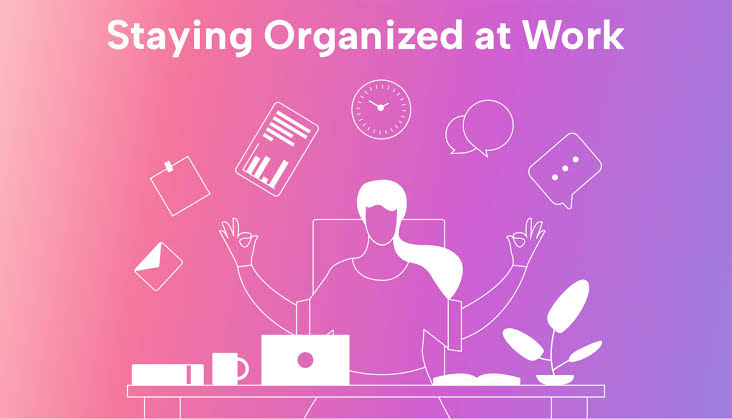In today’s fast-moving digital world, efficiency and productivity are key to lasting success. Businesses, freelancers, and professionals often juggle many tasks, tight deadlines, and quality work. Artificial intelligence (AI) has become a major help. Not just science fiction, AI is now part of everyday tools that change how we work. These tools handle repetitive tasks, improve decisions, and free up time for creative thinking. Whether managing content, analyzing data, answering emails, or planning marketing, AI can cut workload and boost quality. This article looks at different AI tools that help simplify work and improve performance.
Understanding AI and Workflow Optimization
Before diving into specific tools, it is important to understand what “workflow optimization” means in the context of AI. A workflow is the sequence of steps or processes that lead to a desired outcome—whether that is publishing an article, closing a sale, or responding to customer inquiries. When these processes are manual, they often involve repetition, human error, or time delays. AI steps in by learning patterns, recognizing data trends, and making predictions or recommendations in real time. It is not about replacing humans but about enhancing human ability—allowing professionals to focus on what truly requires judgment, emotion, and creativity.
AI-Powered Project Management and Automation
Managing a project involves juggling communication, delegation, deadlines, and deliverables. AI-powered tools like ClickUp, Monday.com, and Asana now come with features that go beyond scheduling. They suggest task prioritization, detect potential bottlenecks, and even assign tasks based on team member workload history. Tools like Notion AI can auto-summarize meeting notes, generate to-do lists from conversations, and suggest next steps.
Workflow automation platforms such as Zapier or Make (formerly Integromat) harness AI to link your favorite apps. For instance, when a new lead fills out a Google Form, Zapier can automatically create a Trello card, send a Slack notification, and log the data into a spreadsheet—without any human touch. This kind of automated connectivity drastically reduces the need for constant oversight and manual entry.
AI for Smarter Communication and Scheduling
Emails and meetings are notorious productivity killers when handled inefficiently. AI tools like Superhuman, SaneBox, and Boomerang enhance email productivity by sorting inboxes, predicting which emails are most urgent, and even writing responses or reminders. Gmail’s Smart Compose uses machine learning to suggest entire sentences as you type, saving minutes per email.
For scheduling, AI assistants such as Clara and x.ai take the back-and-forth out of setting appointments. They interpret natural language requests like “Schedule a meeting next week after 2 PM with John” and coordinate calendars accordingly. These tools operate silently in the background, preventing double bookings, minimizing scheduling conflicts, and ensuring seamless time management.
AI in Writing and Content Creation
Content creation has seen one of the most transformative impacts of AI. Tools like Grammarly, ProWritingAid, and Hemingway Editor go beyond grammar checking. They analyze sentence structure, tone, clarity, and even audience engagement levels. These writing assistants can help bloggers, copywriters, and marketers polish their drafts to near-professional quality without hiring an editor.
Advanced platforms such as Jasper, Writesonic, and Copy.ai can generate blog posts, product descriptions, social media captions, and ad copy based on prompts. They use large language models to mimic natural writing styles. While they require human oversight for nuance and originality, they significantly cut down the time spent drafting.
AI for Data Analysis and Visualization
Data is the lifeblood of modern decision-making, but raw data is often complex and difficult to interpret. AI-powered data analysis tools like Tableau, Power BI, and Google Looker Studio integrate machine learning algorithms to identify trends, make predictions, and suggest actionable insights. They can auto-generate reports, highlight anomalies, and convert spreadsheets into intuitive visuals.
For smaller teams or freelancers, platforms like Zoho Analytics and MonkeyLearn offer user-friendly interfaces for building dashboards, extracting key insights from text data, and generating sentiment analysis—all without needing a data science background. This democratization of data access allows professionals at all levels to make informed, data-driven decisions quickly.
AI for Design and Creativity
Designers and marketers once spent hours tweaking visuals, choosing fonts, and aligning elements. AI design tools like Canva’s Magic Design, Adobe Firefly, and Designs.ai now assist with layout suggestions, image generation, and branding kits. These platforms analyze content and propose designs that align with the user’s objective and style guide.
Generative AI art tools such as Midjourney or DALL·E can produce original images based on text prompts. While not a full substitute for a designer’s touch, they serve as idea generators or rough drafts for more refined projects. For video editing, tools like Runway and Pictory use AI to cut, caption, and compile content from raw footage.
Customer Support and Virtual Assistance
Responding to customer inquiries is time-consuming, yet crucial. AI-powered chatbots like Intercom, Drift, and Tidio offer real-time, 24/7 support across websites and apps. They can resolve basic queries, direct customers to resources, and even process transactions. These bots learn over time, becoming better at anticipating needs and guiding conversations.
For internal use, virtual assistants like ChatGPT, Google Assistant, or Microsoft Copilot can help write reports, summarize documents, answer technical questions, or draft presentations—all in seconds. This eliminates the need to jump between tabs or spend hours researching.
Security and Risk Management with AI
No workflow is complete without addressing security and risk. AI-powered tools such as Darktrace, CrowdStrike, and Norton Genie monitor network behavior in real-time, identify threats, and prevent breaches before they occur. These platforms detect unusual patterns or login attempts, automatically flagging suspicious activity and minimizing downtime or data loss.
For document management, AI services can auto-classify, redact sensitive information, and ensure compliance with regulatory requirements. This not only protects data but also reduces the human labor needed for compliance tasks.
Conclusion
Artificial intelligence is no longer just an idea or something only big companies use—it is a useful tool for anyone wanting to work better. Whether you work alone, create content, manage projects, or are part of a big company, there is an AI tool that can help speed up or improve your work. The goal is not to replace people but to support them—letting machines handle boring, repetitive tasks so people can focus on thinking, creating, and innovating. As AI tools grow, using them now helps you stay ahead in the future.



